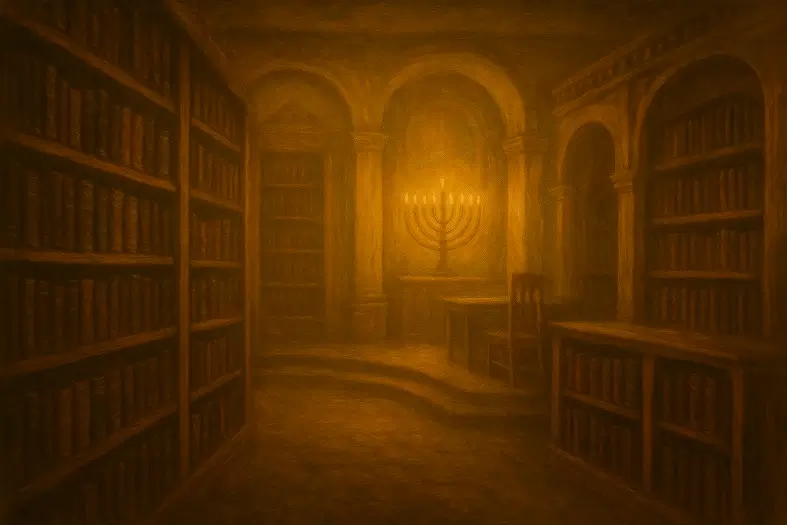


It is forbidden to wear garments made of a mixture of wool and linen (Shatnez).
This mitzvah prohibits wearing clothing woven from both wool and linen, known as Shatnez. While the Torah allows both materials individually, their combination in one garment is forbidden. This prohibition is part of the larger framework of kilayim (forbidden mixtures) that also applies to agriculture and animals.
The mitzvah is a chok (statute) — its reason is not fully explained, though commentators suggest it instills reverence for Hashem’s decrees and preserves symbolic distinctions in creation. Exceptions exist only in specific mitzvot (e.g., priestly garments, tzitzit according to some opinions), which demonstrate that sanctity is defined by Divine command, not by human logic.
Commentary & Classical Explanation:


Represents Emunah—the deep, inner trust in Hashem’s presence, oneness, and constant involvement in our lives. This badge symbolizes a heartfelt connection to G-d, rooted in belief even when we cannot see. It is the emotional and spiritual core of many mitzvot.
Represents the concept of spiritual intentionality, purity, and sanctity—set apart for a higher purpose.
Mitzvot that define and deepen the relationship between a person and their Creator. These include commandments involving belief, prayer, Shabbat, festivals, sacrifices, and personal holiness — expressions of devotion rooted in divine connection.

Dive into mitzvot, prayer, and Torah study—each section curated to help you learn, reflect, and live with intention. New insights are added regularly, creating an evolving space for spiritual growth.

Explore the 613 mitzvot and uncover the meaning behind each one. Discover practical ways to integrate them into your daily life with insights, sources, and guided reflection.

Learn the structure, depth, and spiritual intent behind Jewish prayer. Dive into morning blessings, Shema, Amidah, and more—with tools to enrich your daily connection.

Each week’s parsha offers timeless wisdom and modern relevance. Explore summaries, key themes, and mitzvah connections to deepen your understanding of the Torah cycle.